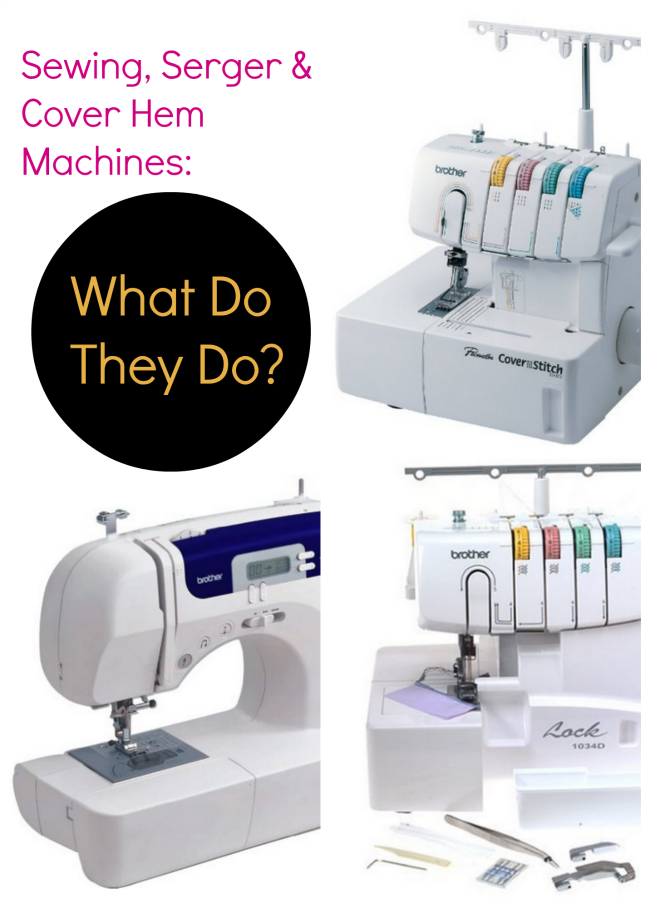
After Susan posted on Wednesday about her cover hem machine, there were some follow-up questions and comments that we thought we might as well expand upon in a new post.
We thought we’d answer these questions in two segments. First, we’ll explain what each sewing machine does, then we’ll talk about when it would be appropriate to purchase each one. And this discussion will be done in the most informative way possible, so if you’re looking for a dose of humor, skip along.
So, to answer the first question, “What does each machine do?” let’s go way back to the basics. We’re not trying to insult anyone’s intelligence here, but we do hope that this will be a useful post for people just starting out.
First, a sewing machine.
This one is obvious. It produces a stitch that holds two fabrics together. When you look at the wrong side of the seam though, you’ll see these pesky little leftover bits called seam allowances:
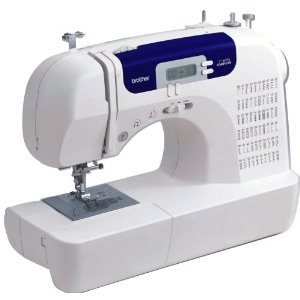
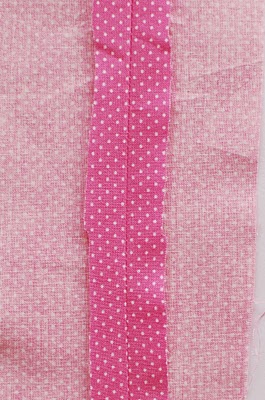
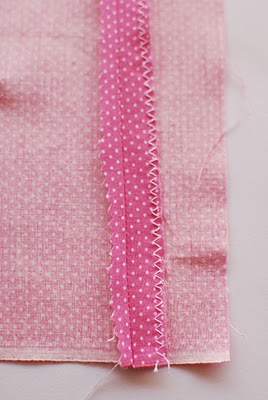
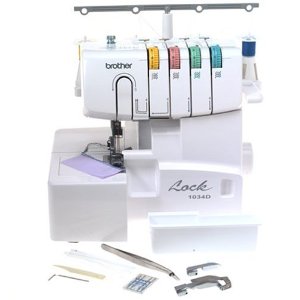

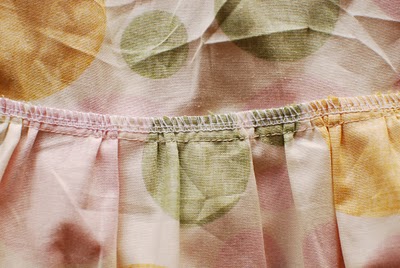

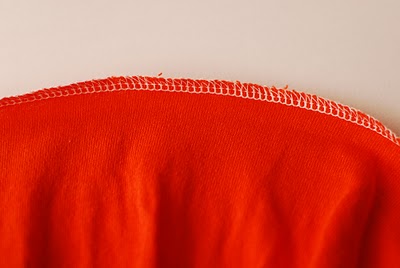
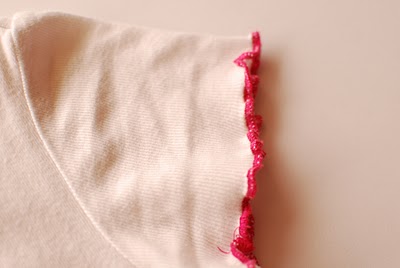
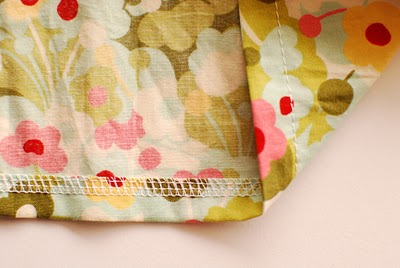

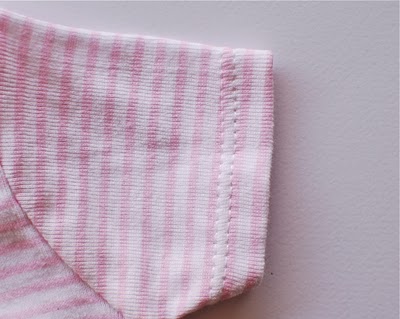
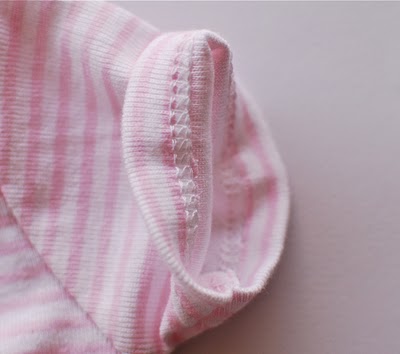
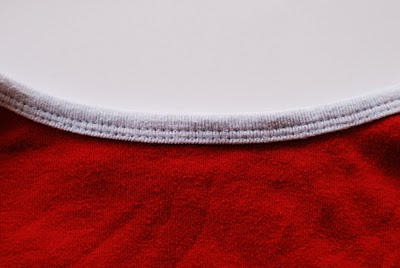
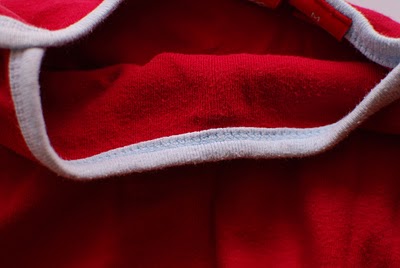
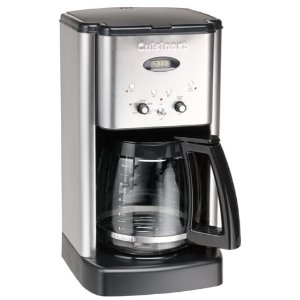
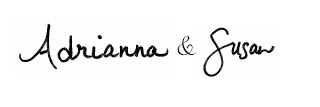
If you are in the market for both a serger and coverstitch, try Bernina or Viking as they both make a serger that has the cover stitch option. They are a little more complicated to operate, but not much, and they usually come with classes, and instructional videos that help a lot. I own a 5 thread Bernina, which can do a triple top stitch, I don’t use that stitch often, but the option is nice. I mostly use the double top stitch, and I use it on everything!! I also love the rolled hem feature, it is so much cleaner and faster to use than the one on a sewing machine. I use my serger just as much as my sewing machine!!
I have a viking serger with a cover hem feature, and it has NEVER worked right. You can’t sew over pins, otherwise it skips stitches. I can never get the tension correct so the underside is neat and flat – either the stitches are too loopy or too tight. I have taken this machine in for repair on this feature a gazillion times – it works once (maybe) and then that’s it. I have a sewing business, and I can’t go without using a cover hem.
My husband actually just surprised me with a cover stitch machine yesterday. A while back, I started doing hemming and other little odd jobs to save up money for a combination serger/cover stitch machine, with the intent of selling my (very) old regular serger, but after thinking about it, I decided a dedicated machine for cover stitch would be more practical. Can’t wait for the kids to go to bed tonight so I can start to play!
This was fascinating to read and so helpful. I had never heard of a coverhem machine before and this was very easy to understand.
Thank you! I was so confused about it all and thinking about taking the next step to serger so this helped a ton!
Wow. That’s crazy informative!! Thank you!
Great post! That really helps me to understand the options. I’ve been dreaming of a serger- and since we have to get a new water heater this week, I guess I’ll keep on dreaming, ha!
excellent!
thank you thank you thank you! I’ve been trying to explain all this to my husband for ages since he just doesn’t get why I want/need a serger and what the difference is between that and a regular machine. You gals have explained it so much better than I can – I just sent him the link to this post, who knows, maybe I’ll finally get one now!
thank you, i love this post. most of it i already knew, but hadnt put together. i just sewed up some knit footie pjs for my 9 month old yesterday and used my zigzag on my sewing machine for the whole thing when i really should have gone upstairs and used the serger! (which i use all the time for finishing seam allowance, and completely forgot about for sewing with knits. guh.) so thanks! (and also, i would LOVE a cover stitch machine. ive explained it to my husband in terms of screwdrivers. they all do something similar, but one cant do the job nearly as well as a whole set!)
I love the screwdriver analogy… might use that one on my hubby ;)
You guys are the best!! I’m so glad you did this post – it is exactly what I needed.
I don’t have the funds for a super fancy expensive machine but I think a starter serger is next on my purchase list! Thanks for the help!!
I can’t believe you got a coverhem machine!! Drooling!!
Although I think I’d more likely spring for embroidery machine before I finally got a coverhem – I don’t mind serging/hemming… :) But that sure is cool.
Nice to see you talking about something other than silhouette for a change. Heh. :)
Thank you for the post! I have just recently started sewing on a more “serious” level, and have been wondering about what comes next–serger or coverhem (or both?). Now we just need a larger place to put all of them…
My dad gave me a singer quantumlock for Christmas this year and it is awesome! It has a switch plate that hides the blades for coverstitch options. I love it but it is clearly the most sophisticated technology in our home at present. I think it would be a better investment than buying two machines?
Bless you for this post. I have a serger sitting here that was a gift from my mom and I had no idea what to do with it!! I’ve been scared to even try to thread it or turn it on. Now that I have an inkling why I needed it in the first place, I can’t wait to give it a try. Thanks for the super helpful post!
wow! this is really informative … thanks for putting this together, with great pictures to really explain each one! -Sara
Thanks so much for this information… I have a serger and when I was buying it the lady in the store was showing me how you can turn some knobs and levers and the cutter is not in use.. I was thinking when on earth would I want to use the serger and not use the cutter! Now I know. I will have to have a play with it .. Thanks so much
I am in the market for both a new sewing machine and a new serger. I currently have a Brother sewing machine and a Babylock serger that needs a new motor. I never really got to use the serger. I got it when my grandmother passed away and when I used it for the first time the motor started making funny noises, which we know is never a good thing!
Because I need to replace both at the same time, my budget is more limited than normal. What brands do you recommend? I’m very tempted to get the Project Runway edition Singer that Walmart currently has but have been hearing lots of negative comments about Singer lately.
Megan,
Susan’s had great luck with both her Brother sewing machine and serger (you can find them under “stuff we use” at the top of our blog). The Brother serger is probably the best one on the market right now at it’s price level, considering the level of support you’ll have (because everyone has one!). Janome also makes a few lower priced sewing machines that have great reviews and are worth looking into. Just make sure you think about what features you cannot live without, and stick to that. As a recent new owner of a Bernina sewing machine though, I have to say consider the investment, how much you’ll use it, and how long it will last you, and you might just be willing to wait a bit or cut costs elsewhere in order to buy a nicer machine. It’s like driving a lexus vs. a motorized scooter :) I got my Bernina used, so that is also an option. Check with your local Bernina retailer, as they don’t sell them online or out of state. Good luck!
Huh. Guess I’m the only guy who purchased a serger for myself and had to explain why I needed it to my wife. I got a Singer 14U52a off craigslist for thirty bucks. Had to buy some needles, blades, and a replacement threader but I’m still in less than a hundred dollars. Just finished making my son and I footed pajamas. Very cool. Garment construction is way faster. This article fails to mention that most sergers can churn out 1500 stitches per minute.
Revisiting this post. It’s great! I didn’t know coverhem machines were different machines. I thought sergers did all that! Thank you for posting this…
Very informative! You guys always manage to make me laugh too.
just found this as i’m researching buying my first overlocker but then i came across “coverhem” and was like omg do i need to consider that instead?? but no, this post has shed some light on my dilema thanks <3
Excellent! Thanks so much for lessening my confusion! :)
Hi there! What is the best serger for rolled hems? I make cloth napkins, sometimes 200 hundred a day and currently have a few juki machines, that I love. I should probably get an industrial one, but am nervous since the nearest repair shop is over an hour away. He is expensive and takes a long time. So I am thinking about buying a step below an industrial machine. Any suggestions?
Thanks!!
I don’t know we’re the best people to answer which is best. Adrianna had a refurb Janome that was not the easiest to work with, and now we both have the Brother 1034D which works well. Afraid that’s all we’ve got! Asking people for sewing machine recommendations is a lot like asking what kind of car you should buy. Lots and lots of opinions and everyone’s perspectives are different. I do know that I’d buy the 1034D again. Beyond that, I’m sure you’ll find a million other viewpoints online. Good luck!
I haven’t sewn for many years and I’m anxious to start on projects again. Let me start by saying I’ve never owned a serger (or even seen one close up). But they sound amazing. I currently don’t even own a sewing machine.
I will just be making clothing and most if it stretch knits. There will be the occasional hemming pants & shirt sleeves for my husband. Could I do all of this with just a serger/cover hem combo machine or should I have a basic sewing machine also?
Hi Margie! I haven’t tried a combo machine myself– my sewing table has a regular machine, a serger and a cover hem and I jump from one to the other. I’ve hear they’re pretty expensive and I’ve heard some say they’re a pain to convert. And others say they’re not. So, what I have in that area is hearsay. I think that in theory you couuuuuuuld, but given the relative inexpensiveness of a basic machine (mine is currently about $150 on Amazon and includes a walking foot you could use on knits and a blind hem foot among other feet) I’d still say that’s the place to start. I think at times with only a serger/coverhem you could tear your hair out trying to get the finish you’re looking for. That’s my 2 cents. Adrianna might pop in with her 5 cents – she sews about 50 times more than I do.
This is exactly what I needed – thanks!!! Serger on my birthday list now.
Pls whr are u located in london. I want to get a serge machine
Hi, we don’t live in London, but we got ours on Amazon if you want to check the UK site.
Very good article but now I want all of them. Love the comparison to screwdrivers, I’ll have to use that arguement on my better half
For years I wondered how do they do the type of stitching and finishing I always see on swimwear and underwear, as I’ve been thinking of giving a shot at attempting to make some myself. This post has finally explained it all clearly how to get there. I need to surf the learning curve all the way up to the cover stitch machine. Thanks for sharing the knowledge!
Thank you for the explanation about all three type of sewing machines. I am a beginner who is about to start to learn and wanted to understand how these work individually. Now I understand the cover hem machine, I appreciate the breakdown.
i’ve always had a sewing machine and sew a lot but i just got my first serger and can’t wait to play with it!
Thanks for this post. Do you have any experience or hearsay about using a serger versus the side cutter attachment on a sewing machine? Thanks
I haven’t tried the side cutter on a sewing machine, but knowing what I do of each machine I can say that the serger is faaaaaaaast. I also really appreciate being able to hop back and forth between the two rather than changing feet and settings. As with everything else involved with choosing machines, it depends on how much and what you sew — but the serger really upped my productivity.
Thanks Susan and good points. As space is a consideration for me I might try the side cutter first and see if it meets my needs.
So if I’m looking to do some sewing, serging, and cover hemming which one or two should I get? Do I need all three? Especially if I want to possibly sell?
If you’re looking to sell I’d go with sewing and serging. The cover hem is lots of fun, but if you want the look you can achieve it with a regular sewing machine with a little time and attention. A serger is so different from a sewing machine that you wouldn’t know you need it until you try it. A cover hem kind of creeps up and taps on your shoulder to say “hey, look at all that you have to do and no time to do it, I could help you do all of that faster.” I bought the cover hem mostly because I’m a gadget addict and I love to see how things work for myself. If you’re ramping up I’d hold off on that one. There are some (not inexpensive) machines that convert between the two tasks – I didn’t go that route because of cost, but I’ve also read a lot of reviews that said it’s a big pain to switch between the uses so folks just tend not to do it. Now, if you need documentation, say, for a spouse or business partner’s buy-in… e-mail me and I’ll write that YOU NEED IT. I’m happy to help a sister out. :)
Where can I get and what type machine is the Cover Hem stitch machine.? I have a brother serger, but you said because it cuts it won’t work. I’ve been dying to have a Cover Hem stitch machine. I would love to have a way to get one. Google search doesn’t bring it up.
Hi! The basic Brother machine is here–> http://amzn.to/1LCPmIJ and that’s the one I have and use. As I was grabbing that link I saw that Janome’s basic model is priced about the same – and I love that they’ve printed a sort of cheat sheet for settings right on the front of the machine. Smart! http://amzn.to/1BOlYMy
This might be a dumb question – I’ve seen a couple sergers that say the knife is retractable – if you retracted the knife, would it work the same as a coverstitch machine?
Nope, the overlock still sews along an edge, so even if you’re not cutting the edge as you sew you’re wrapping the threads around the fabric. Just a bit less neatly since you’ll be squeezing in whatever edge you’re feeding through instead of cutting a precise, even width of seam allowance as you go. When I do it it usually ends up looking a bit bunchy where the seam width is too wide, and if you overcompensate by going too narrow you have thread wrapping around not enough fabric and it looks sort of open weave and then the seams pull apart when you open them up to the right side.
There are some machines that are convertible – generally higher end machines that you’d find in the sort of dealer shop where lessons and support are provided. Because I’d read reviews from users who’d said they found it difficult/cumbersome to make the conversion, I decided to go with dedicated separate machines so that I could keep them threaded and ready to use.
Good to know, thank you!
Great post! We love the Brother, Juki and Janome machines and sergers.
Thank you for this post, Very very helpful
Thank you so much! I am European and never saw a serger till I came to the US 25 yrs. ago. In all that time I couldn’t find anyone who would explain what a serger does (people around me didn’t do sewing). Now that I know, I will likely buy one to complement my sewing machine. Once again, thank you!!!
This was a great post. Lots of information. I always wondered what a cover stitch machine was for.
thanks!
Brother now make sergers where you can hide the knife (remove) for cover hem stitching. CazCraft Creations Ltd in Rolleston deals with Brother products and I am sure the owner will be happy to help.
Wow! Thank you so much for this insightful piece. You’ve cleared the air on my confusion! Now I know what I need!! Let’s get sewing!!